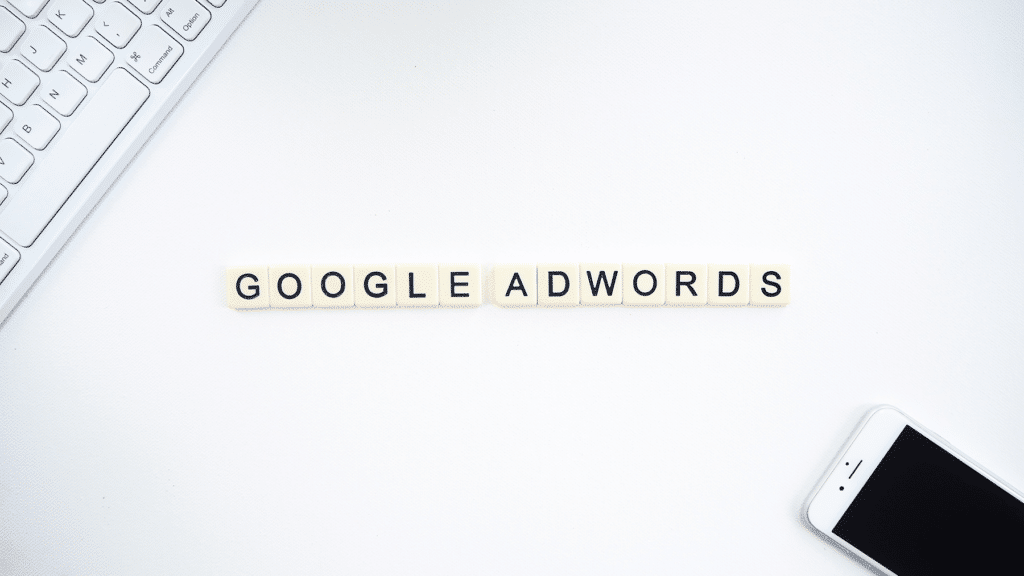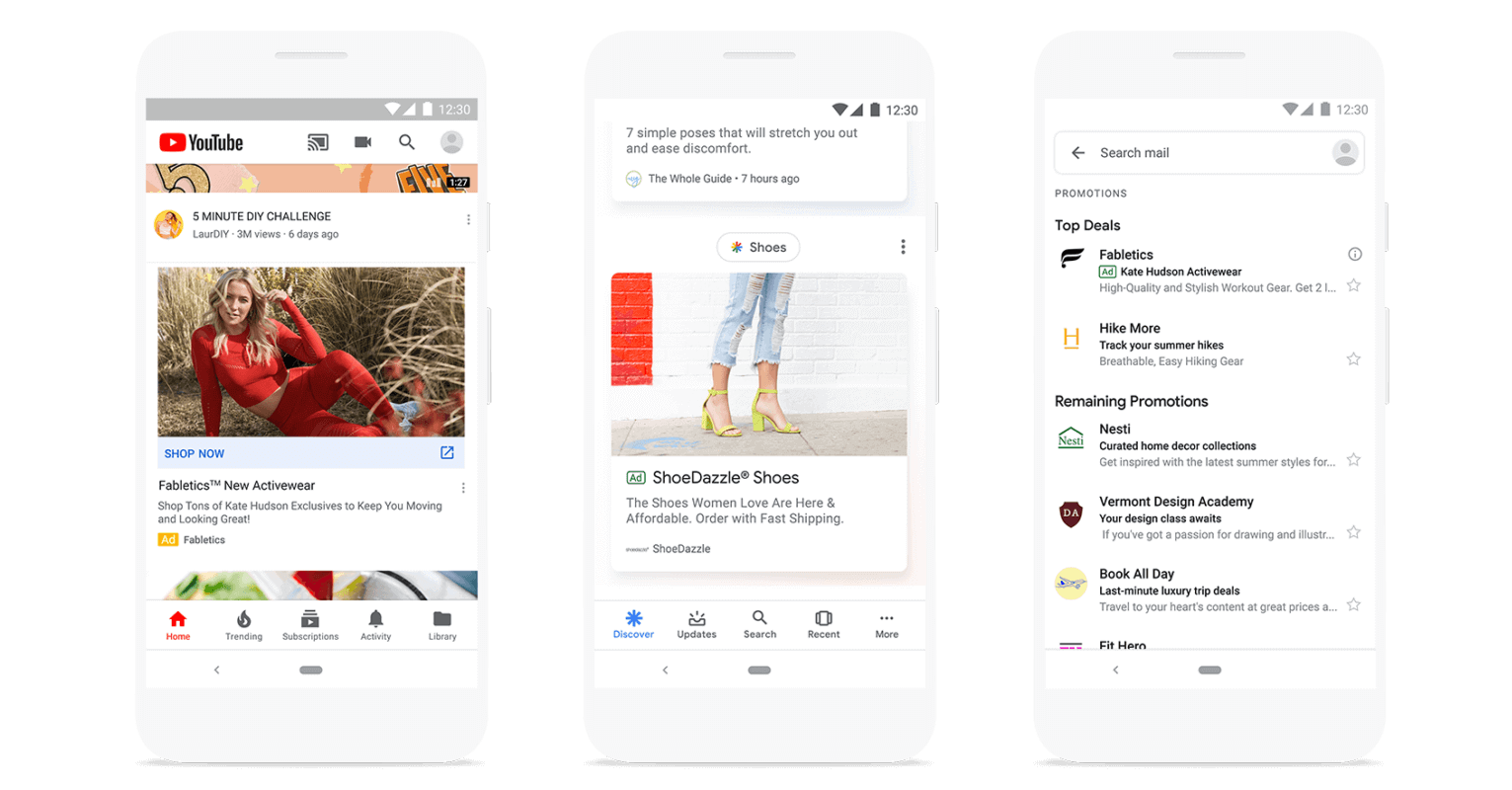We wanted to take a moment to share noteworthy 2020 updates, beta programs, and features you may have missed from 2019 within the Google Ads platform, specifically for paid search and display, that might affect the way you achieve your marketing goals.
Lead Form Extensions Are Still in Beta and Have Some Critical Limitations
This feature was rolled out in late 2019, and is still in beta. Google’s instant form is essentially the same thing as a lead form ad type on Facebook or LinkedIn. The caveat is that the user must be signed in to their Google account for the form to not only auto-fill the info but also be available in general. Since most people leave their google account open, especially on mobile, it’s highly likely that a Gmail user, for example, will be able to auto-fill a lead form.
While this may initially seem like a very useful tool when running search ads, it does have a few significant limitations:
- First (and most important), the lead form extension can only be applied at the campaign level which means it will be nearly impossible to deliver a highly customized and relevant user experience on the form
- Second, some industries are not eligible (healthcare is the big one)
- Third, there are limited form field options which can make it difficult to collect all of the information that may be important for your business
- Finally, this extension is only available on mobile devices, which may cause issues for businesses that see higher conversion rates on desktop devices
In short, there are some limitations to Google Lead Form Extensions, but if the goal is to get basic customer info so the user can get a quote, book an appointment, or get a promotional discount, from a mobile device, then a lead form extension test should definitely be worked into the next round of testing within a paid search account.
There Are Easier Resubmissions and Appeals of Ad Policy Issues
Ads get disapproved all the time for various policy violations (some may be legit; some not). For example, a healthcare provider’s ads can get disapproved because Google thinks they are advertising for “restricted medical content,” which may not be the case but it could take multiple days, sometimes weeks, to get the disapprovals resolved through Google Support.
But: the days of waiting on the hold for Google support to get your ads approved are long gone. Now, advertisers can blanket appeal disapproved ads within a specific ad group, campaign, or the entire account, directly in the platform, which helps save everyone time and energy. Advertisers can even track the status of the appeal in the Policy Manager. This has been exceptionally helpful during the pandemic when in-office call support staff can be very limited.
Reach More Prospects With The Audience Expansion Tool
This new feature is located deep within Display campaigns. If your campaign is receiving higher than expected impression volume it might be because you have Audience Expansion activated. This feature designed to expand your target audience to reach new people that share characteristics of the true target audience. While this tool is not ideal for all campaigns, it can be very useful when trying to reach new qualified prospects.
This tool essentially creates a lookalike audience (very similar to a Facebook Lookalike audience) from a customer list or custom audience that has been selected for the campaign. Advertisers have the ability to adjust the match rate to make the expansion as specific or broad as desired.
Get Discovered in More Places With Discovery Ads
Similar to Lead Form Extensions, Discovery Ads were rolled out as a beta to a select number of advertisers late 2019. As of April 2020, they are now available to all advertisers. What are Discovery Ads? Discovery ads are a great addition to the mix for any e-commerce brand business or client. Discovery Ads are product-centric, aesthetically-pleasing carousel- or single-image ads that serve content to users across the Google Discover page, the Youtube mobile feed, and Gmail social and promotions tabs. See below for examples of each placement (left to right: Youtube, Discovery, Gmail).

